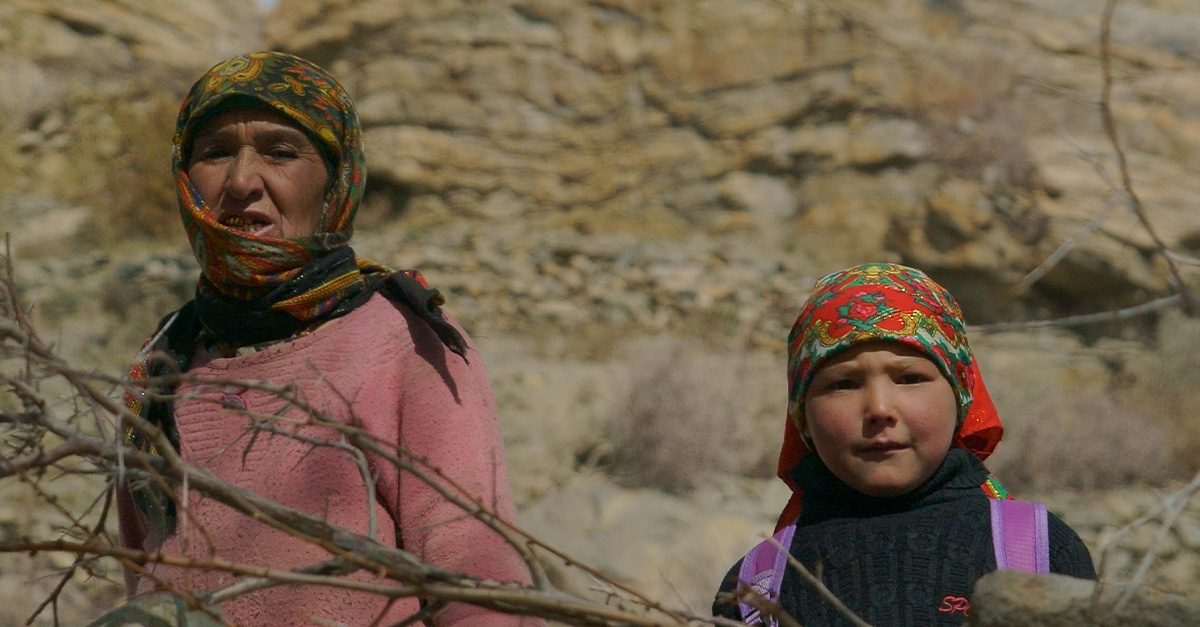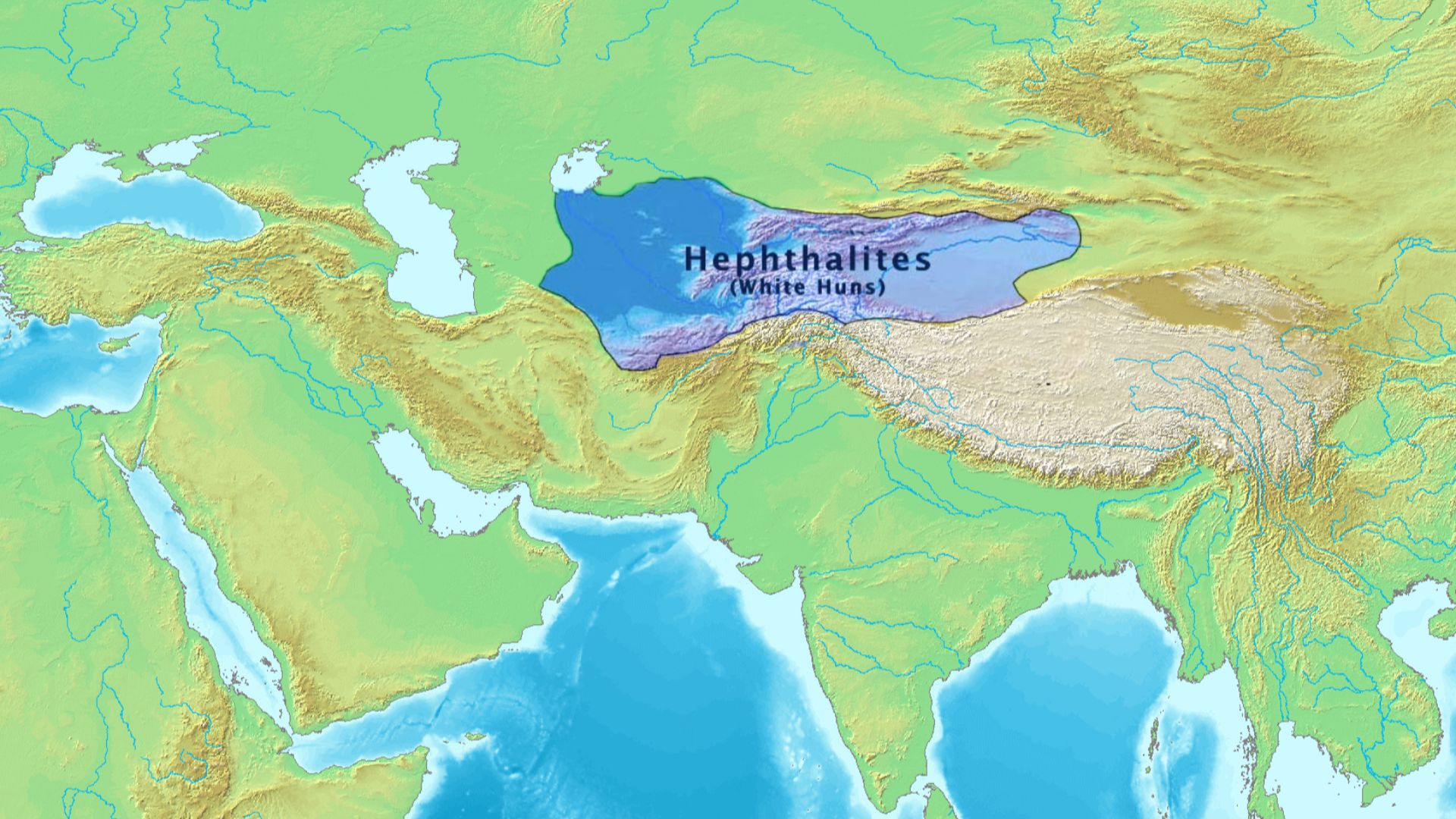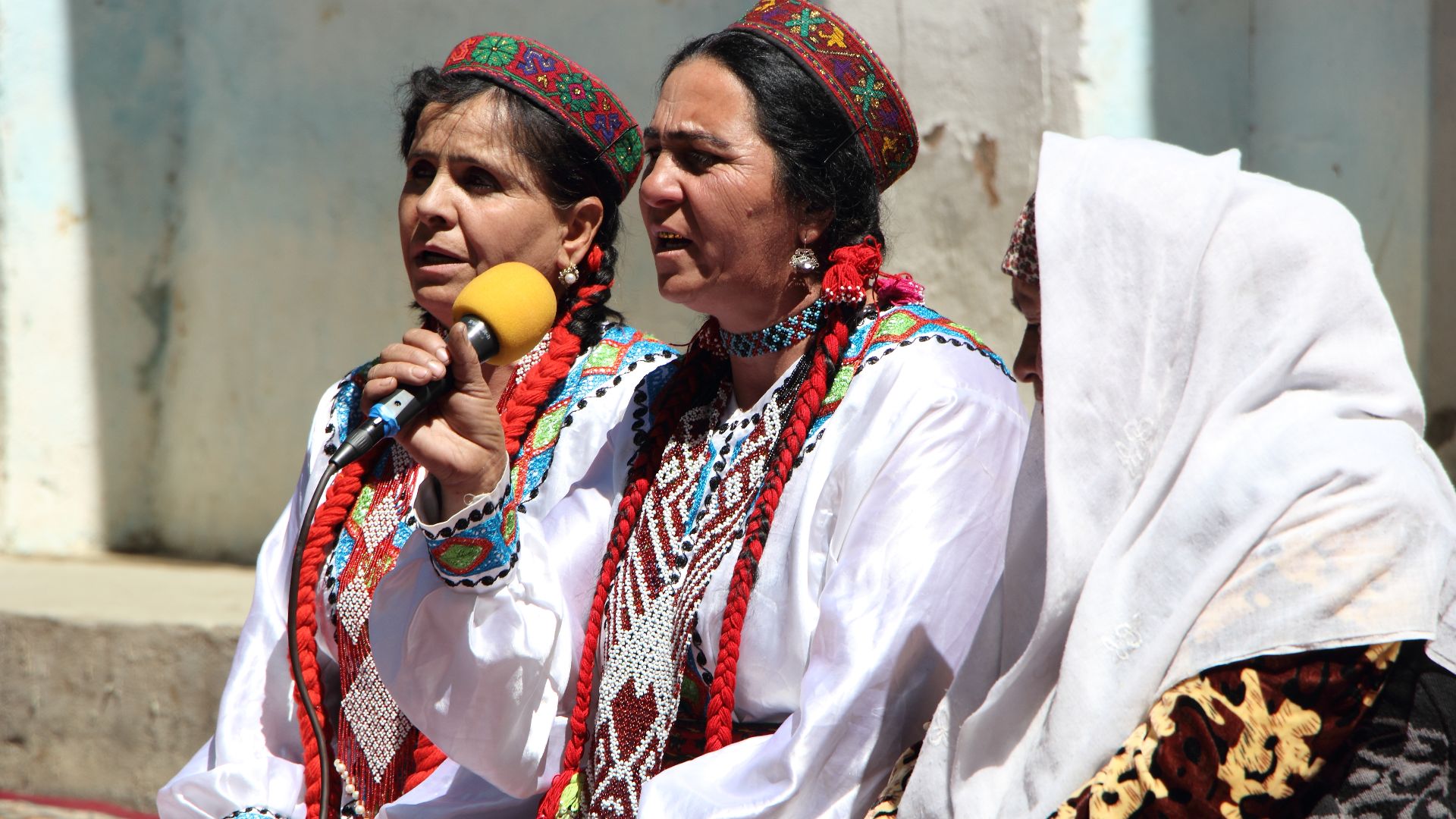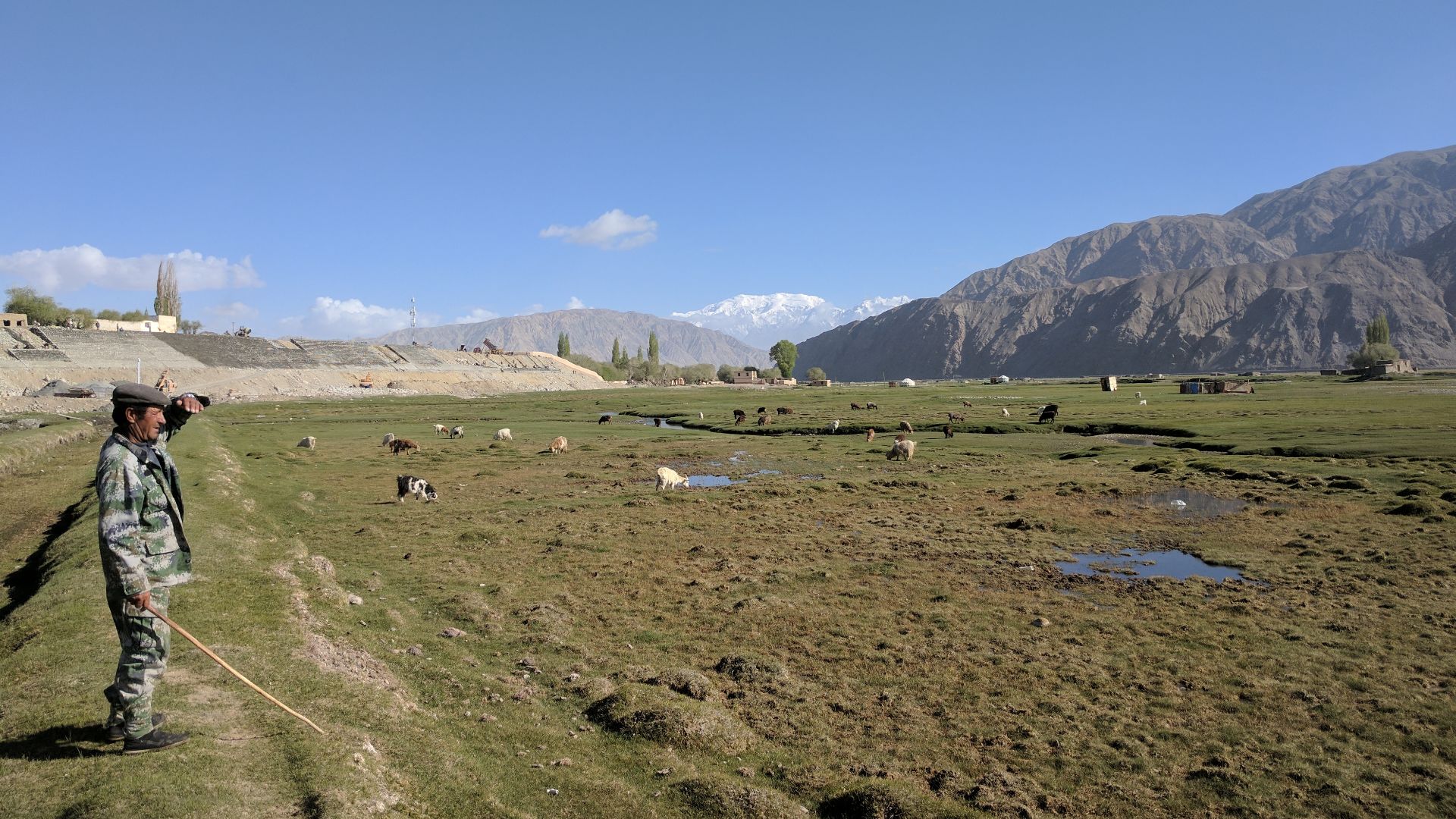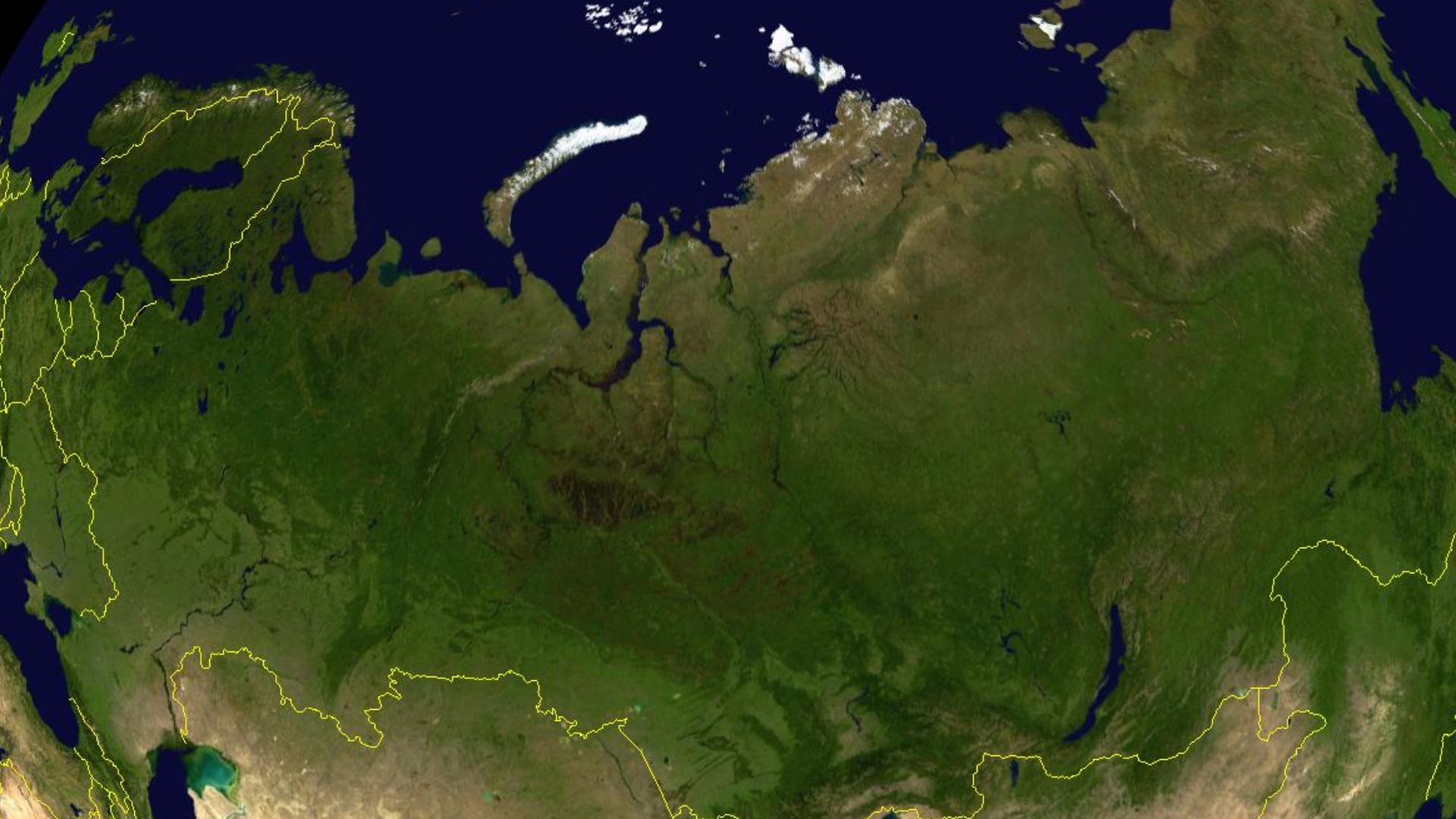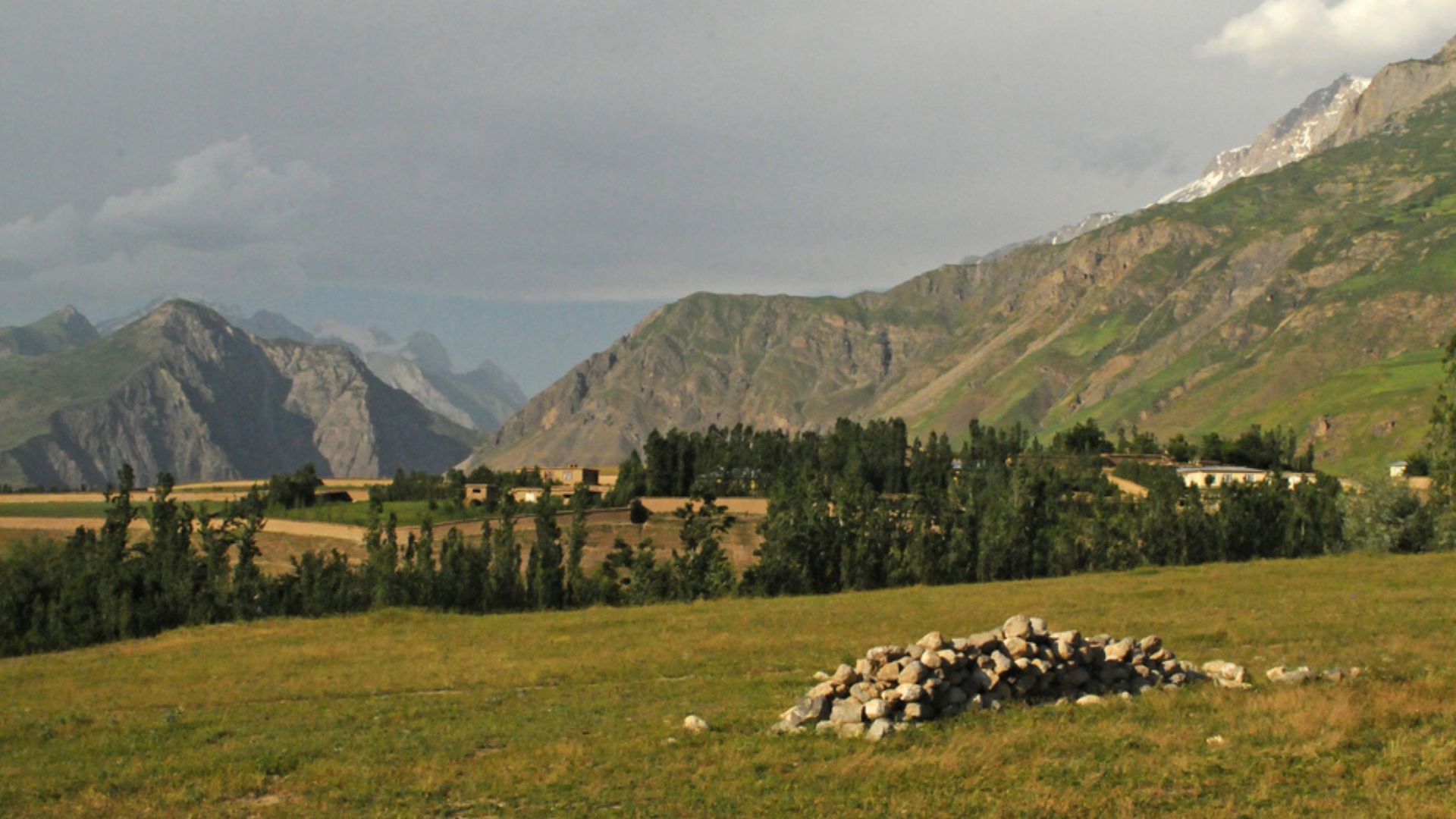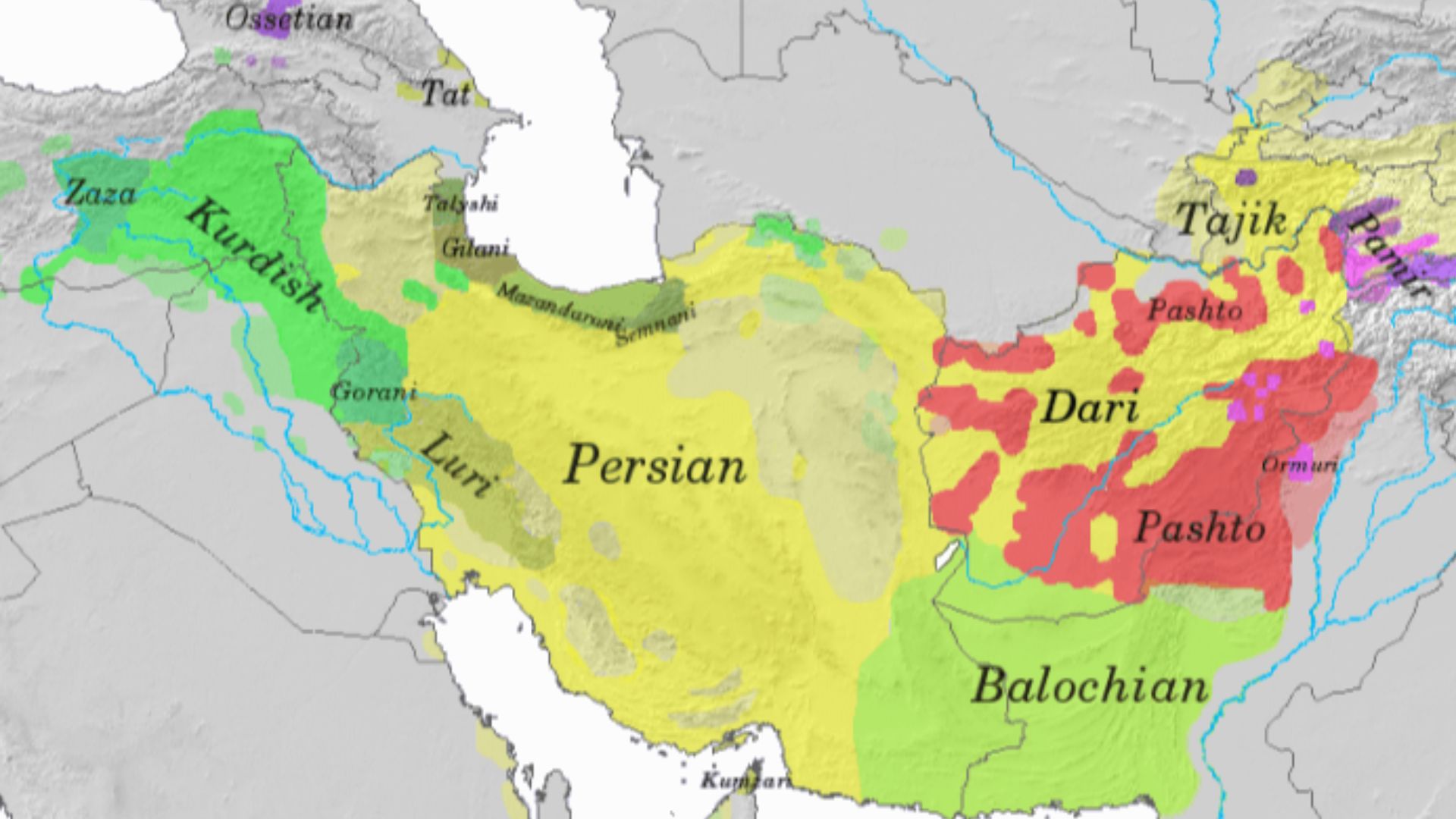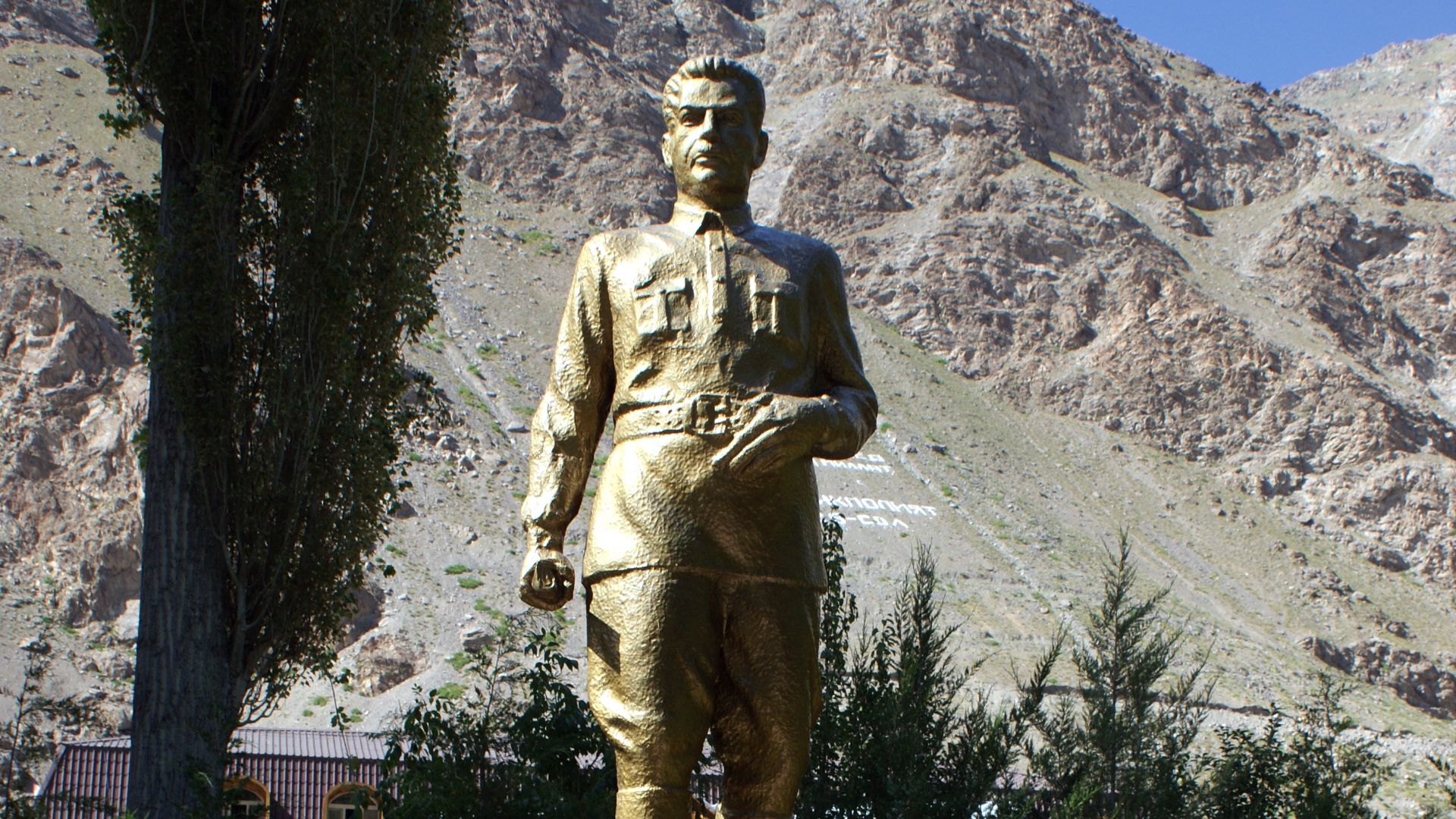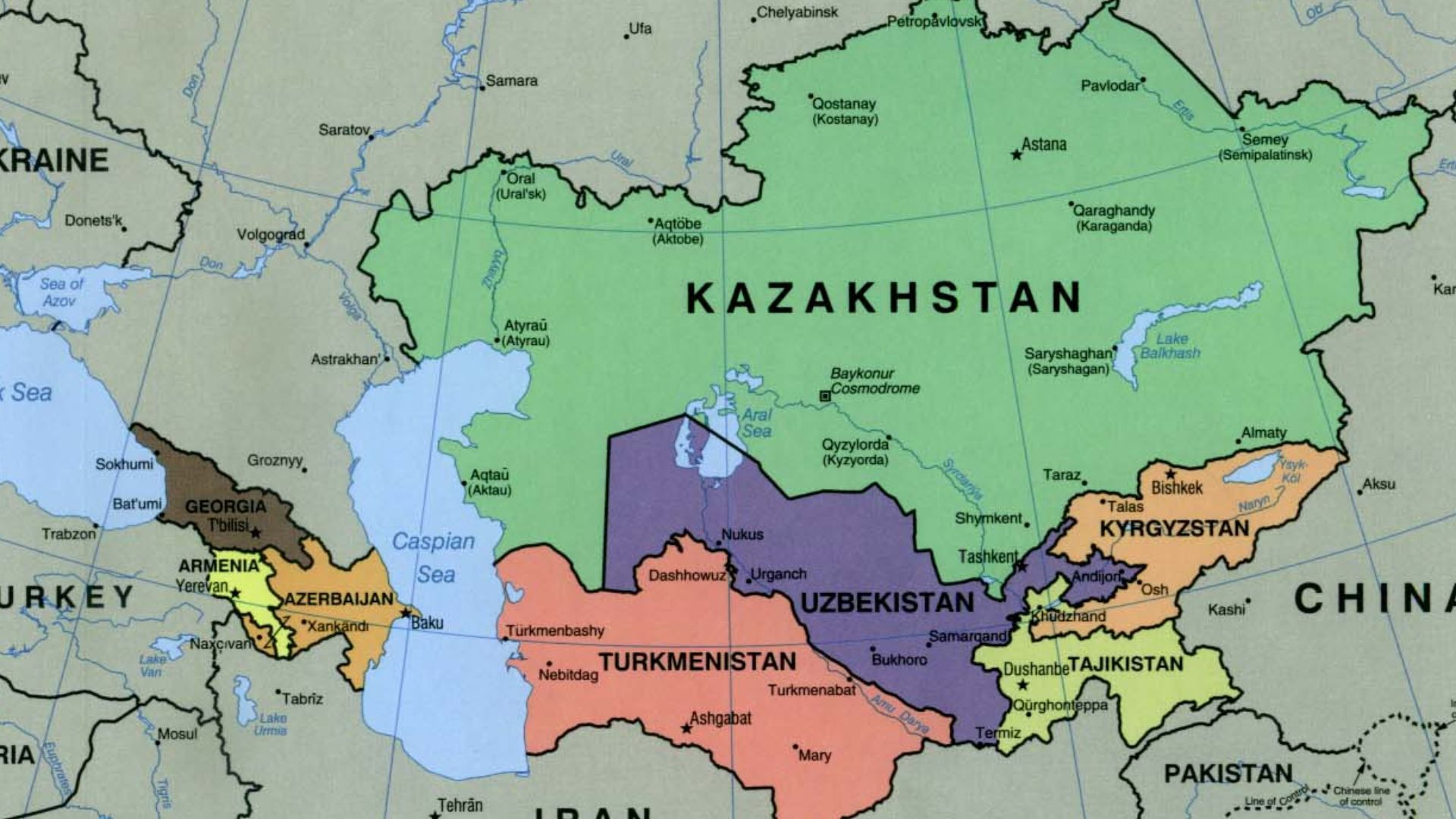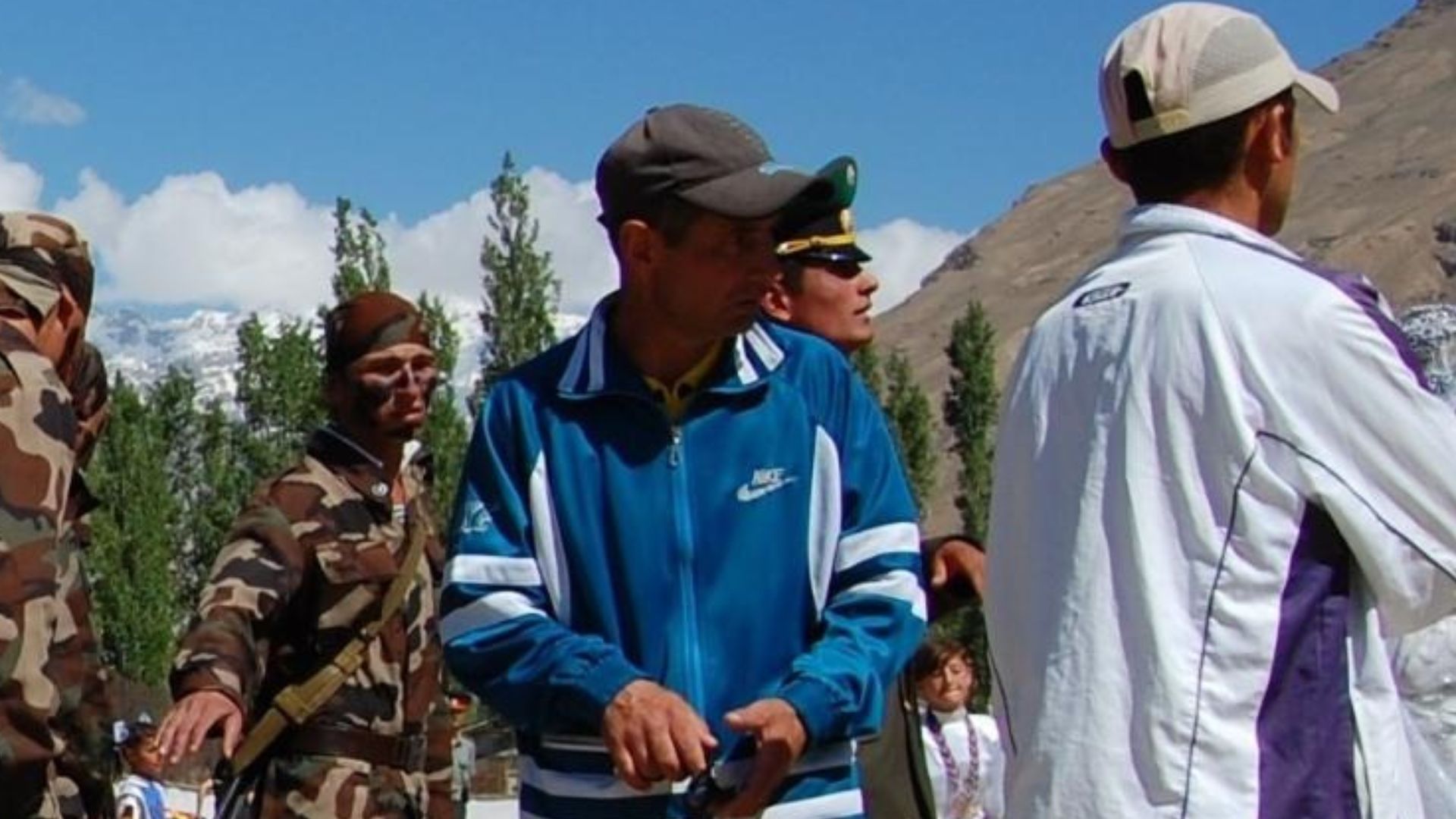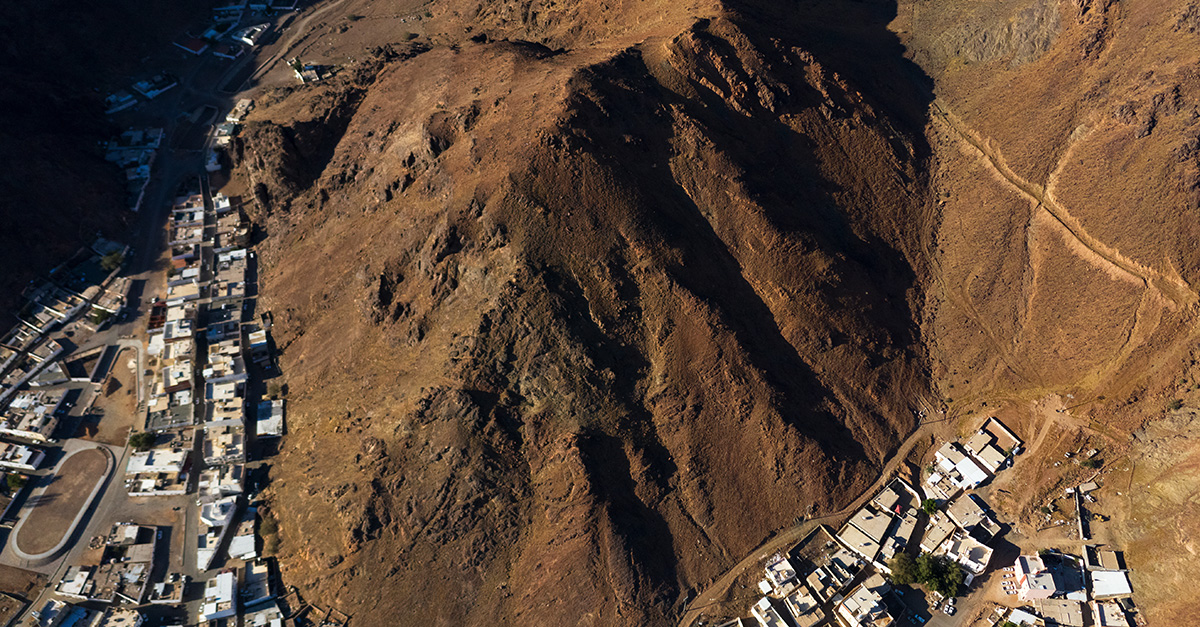A Small Group Of Mountainous People's Fight For Survival
The Pamiris are a group of people who live in the remote region of the Pamir Mountains, which runs between South and Central Asia. The mountains crisscross five major Central Asian nations: Pakistan, Tajikistan, China, Kyrgyzstan, and Afghanistan. Their culture and history date back centuries, possibly as far back as Alexander the Great, but they have been under threat for more than a century. Here's the story of the people of the Pamir Mountains' fight for survival.
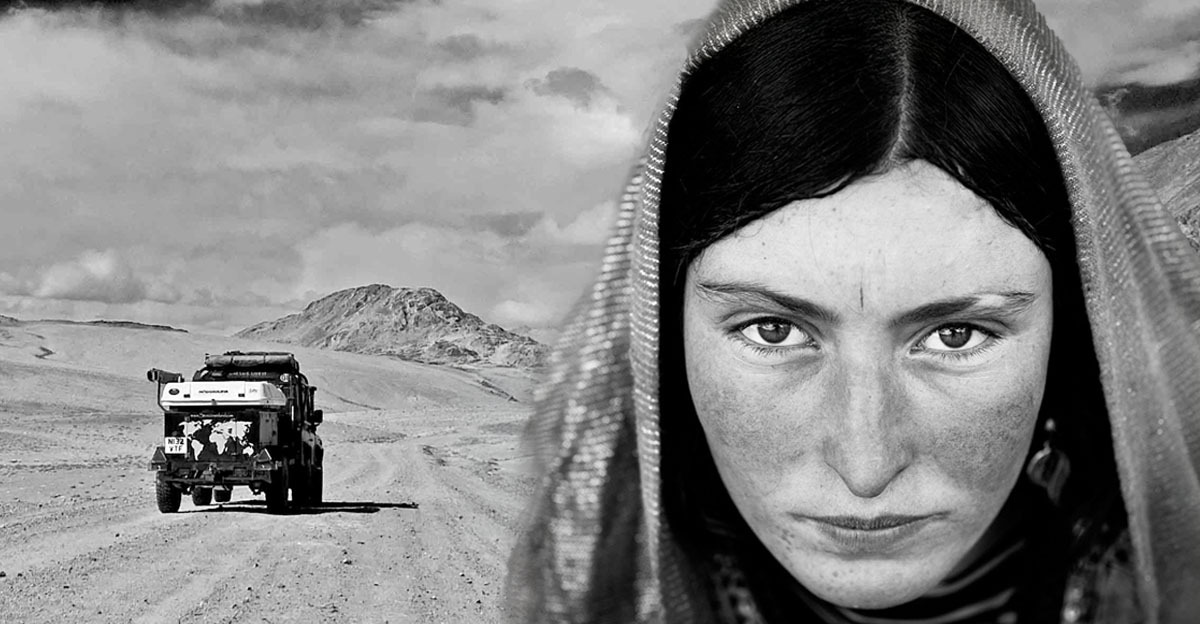
Born Of Three Ancient Tribes
The Pamiris were born of three ancient tribes: the Sakas, the Tocharians, and the Dardic, who all lived in the area of what is modern-day eastern Tajikistan. The Sakas divided themselves into four groups: Saka Tigraxauda ("Sakas who wear pointy hats"), Saka Haumavarga ("Sakas who revere hauma", a divine plant in Zoroastrianism), Saka Tvaiy Paradraya ("Sakas who live beyond the Black Sea"), and Saka Tvaiy Para Sugdam ("Sakas who are beyond Sogdia").
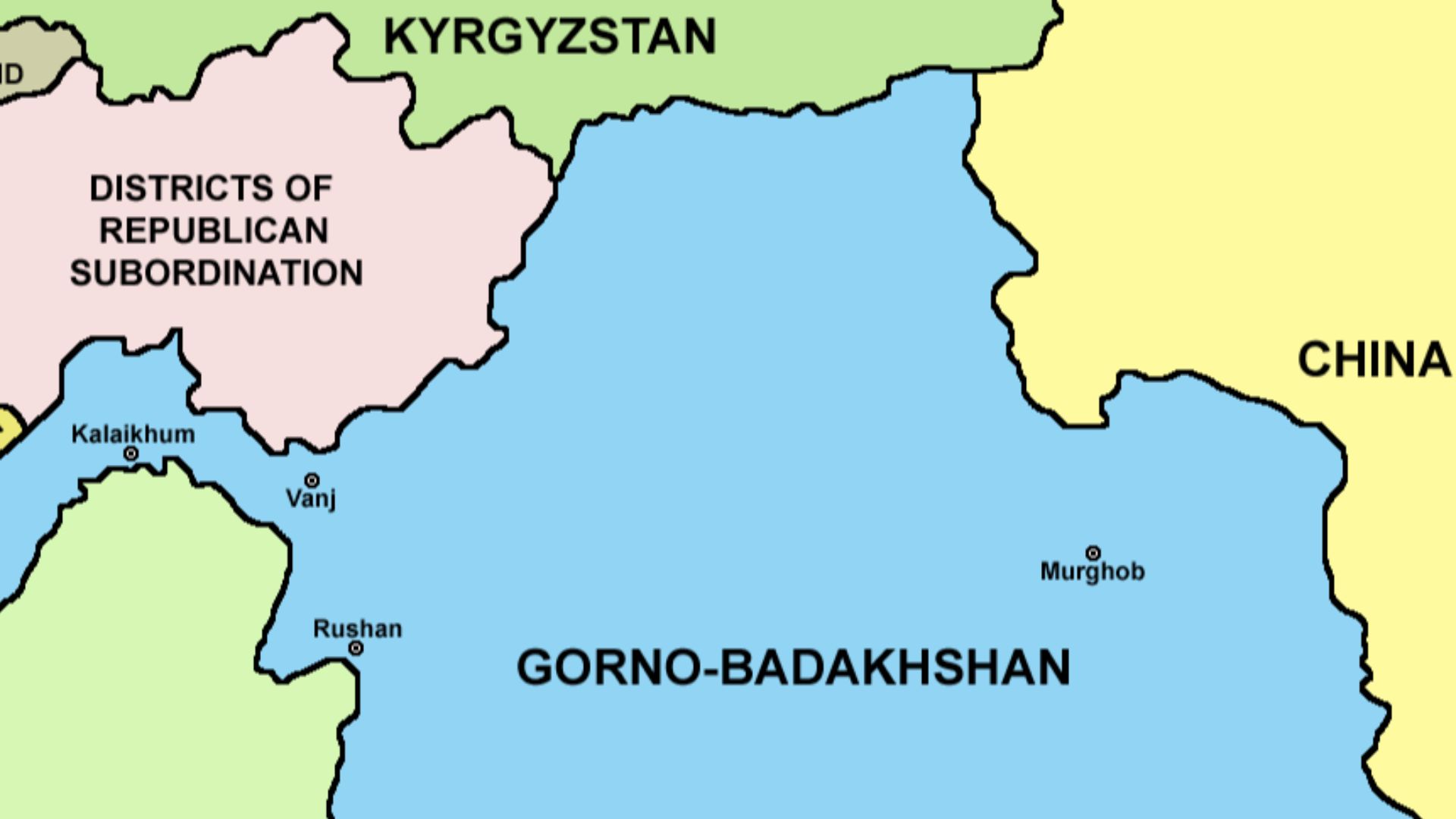 WikiEditor2004, Wikimedia Commons
WikiEditor2004, Wikimedia Commons
A White-Skinned Origin?
One possible origin story for the Pamiris was put forth by Soviet and Russian anthropologist Lev Gumilev, who speculated that the Pamiris had fairer skin than their Central Asian counterparts because they were descended from the Hephthalites.
 unknown author, Wikimedia Commons
unknown author, Wikimedia Commons
Who Were The Hephthalites?
Let's explore the origin of the Hephthalites a little further. These were a fair-skinned population that lived in Central Asia between the fifth and eighth centuries and were part of a broader group of Iranian Hunas. They eventually formed an empire that spanned through four of the five "Stans" of Central Asia.
The Descendants Of Alexander The Great?
Many Pamiris consider themselves to be the descendants of Alexander the Great, who conquered the region in the 6th century BC. In order to achieve an expedited pacification of the local Pamiri tribespeople, he ended up marrying Roxane, a daughter of the local chieftains. Therefore, the Pamiris believe themselves to be the descendants of the great conquering warrior.
 Antonio de Pereda, Wikimedia Commons
Antonio de Pereda, Wikimedia Commons
Mass Migration Nearly Replaces The Original Pamiris
Many of the original tribal ancestors of the Pamiris were nearly replaced through the mass-migration into the Pamir Mountains that occurred during the fifth and sixth centuries, as the Turkish moved into Central Asia, followed by the Mongols.
 Unknown authorUnknown author, Wikimedia Commons
Unknown authorUnknown author, Wikimedia Commons
Escape From The Mongols
In order to escape the Mongols migrating into Central Asia, many Pamiris hid in the Pamir Mountains, known today as the "Roof Of The World" due to the extreme altitude of its peaks—one of the peaks, Tongur Kagh, lies at a staggering 25,000 feet high. Not quite Mount Everest, but it's getting there. After successfully hiding from the invading armies in the caverns of the mountains, the Pamiris set about creating small communities.
 Irene2005, CC BY 2.0, Wikimedia Commons
Irene2005, CC BY 2.0, Wikimedia Commons
The Terrain Gives Them Cover From Would-Be Invaders
One of the unfortunate things about the Pamir Mountains, from a farming point of view, is how unsuitable the terrain is for cattle farms. Even more so back centuries ago, before roads were built through the valleys. These large valleys between enormous peaks made the Pamiris' home unattractive for would-be cattle farmers from Turkey, China, and the Stans.
 Jaan Kunnap, CC BY-SA 4.0, Wikimedia Commons
Jaan Kunnap, CC BY-SA 4.0, Wikimedia Commons
A Genetic Expose Of A Mixed History
Genetic research conducted over the last couple of decades has helped to establish the history of the Pamir people, confirming that they were a "mixed bag" of the coagulation of many different tribes. This research studied the genome of the Pamir people, finding that their mixed ancestry comes from two main sources.
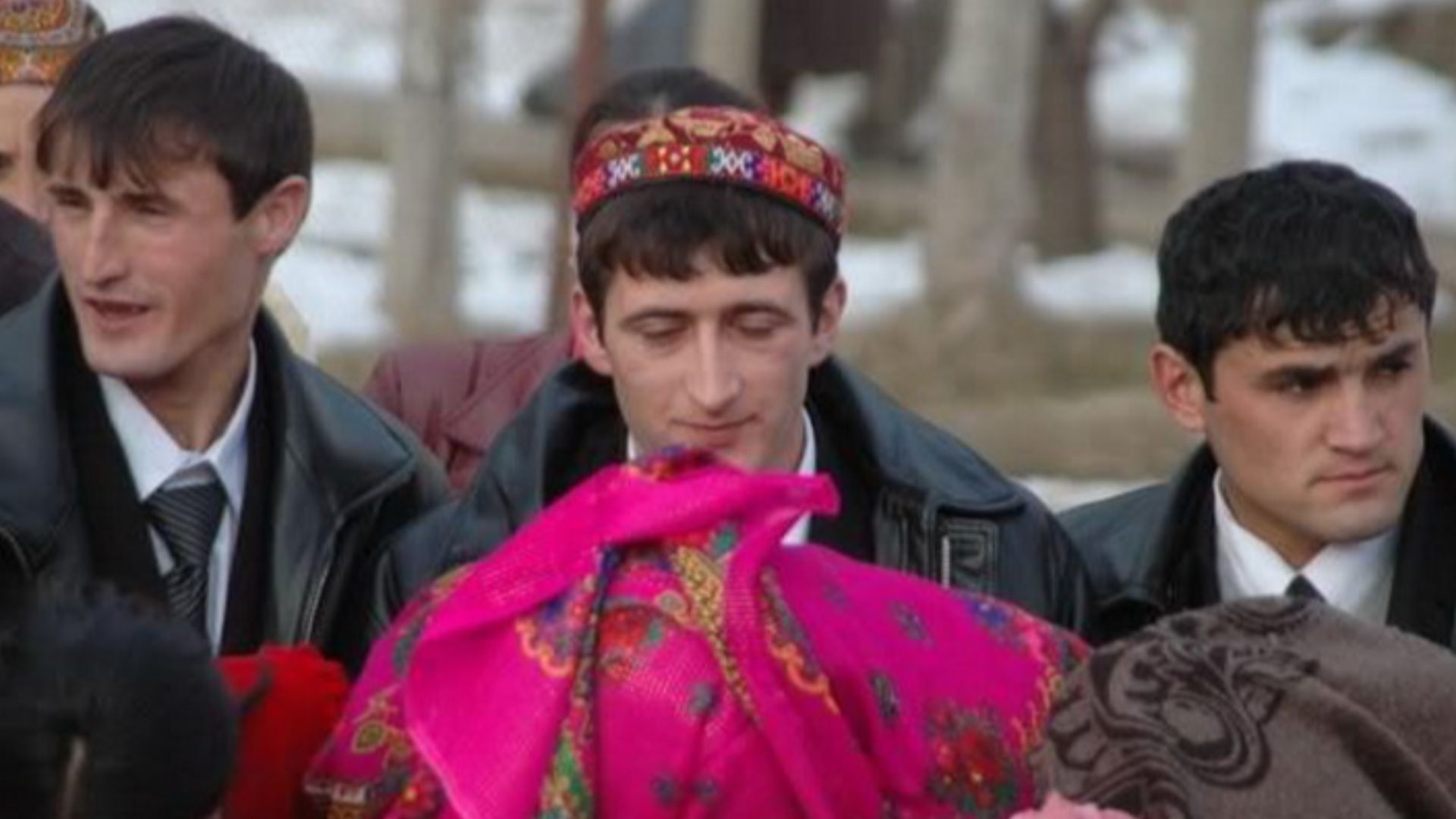 Math920 at English Wikipedia, Wikimedia Commons
Math920 at English Wikipedia, Wikimedia Commons
Iranian Agriculturalists & Eurasian Nomads
The Pamiris descend from a genome known as BMAC, or Bacteria-Margiana Archaeological Complex, which was an ancient civilization of Iranian farmers who, at some point, interbred with Eurasian nomads across the Steppe. These nomads were known as the Andronovo, and they migrated into the area around 2000 BCE.
 Shan-Shan Dai et al. 2022, Wikimedia Commons
Shan-Shan Dai et al. 2022, Wikimedia Commons
Pamiris At Higher Altitudes Are Genealogically Different Than Those At Lower Altitudes
Maybe this doesn't come as a shock, but it is nevertheless interesting to note that Pamiri genealogy has been defined by a difference in altitude. For example, Pamiris who existed at a higher altitude bear close genealogical relations to a group of mummies found in China, known as the Tarim mummies. Meanwhile, Pamiris that lived further down the mountain bear closer resemblance to the Sycthan-Saka tribes.
One Of The Oldest Continuous Populations Of Central Asia
Because of the remote nature of their settlements and their ability to use the mountains to withstand foreign invasion and subjugation (even being subjugators themselves at one point), the Pamiris are one of the oldest continuously-inhabiting populations of Central Asia, particularly in the highland regions.
On The Fringe
This remote lifestyle meant that, for most of their existence, the Pamiris were isolated from empires that otherwise crushed everything in their path. From the Achaemenid Persian empire, which roamed the Pamir Mountains before settling Iran, to the Macedonians of Alexander the Great, being on the fringe of empires served the survival of the Pamiris well.
 Anton Gutsunaev, Uirauna, Ivan Humphrey, CC BY-SA 3.0, Wikimedia Commons
Anton Gutsunaev, Uirauna, Ivan Humphrey, CC BY-SA 3.0, Wikimedia Commons
Poor Terrain For Settlement
Unlike other areas of Central Asia, where food could be grown relatively easily, the poor terrain of the valleys and mountains that the Pamiris occupied made them a poor choice for resettlement by incoming migrants. This offered a stability to Pamiri life that lasted for centuries.
Establishing Local Governance For Nearly 600 Years
As the centuries went on, the Pamiris established a series of local governments in what is today Badakhshan and nearby Ghurid, with the former annexing the latter in the 12th century. Four other major Pamiri strongholds—Wakhan, Shughnan, Rushan, and Darvaz—were all independently ruled by local feudal dynasties.
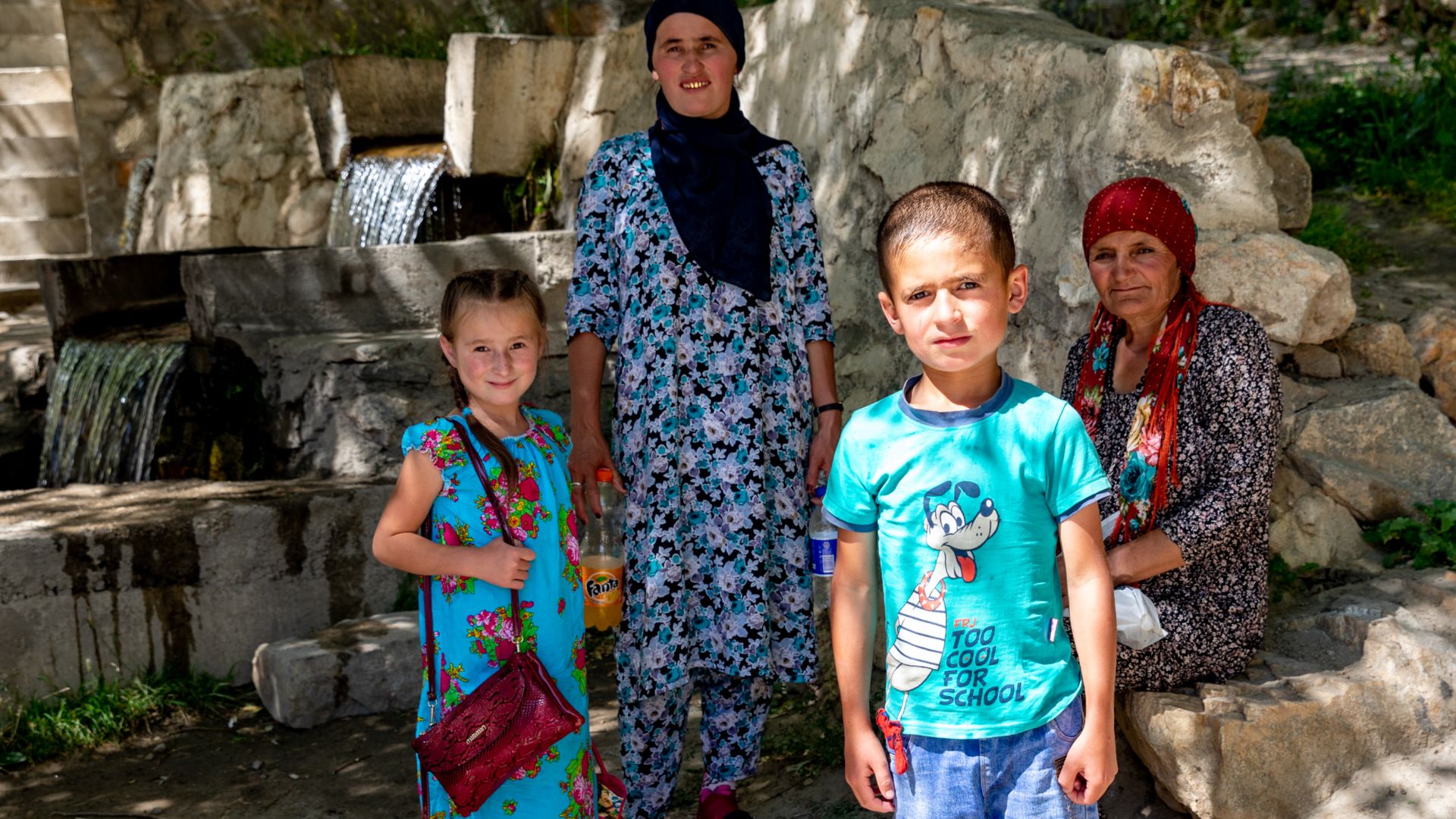 Ninara from Helsinki, Finland, Wikimedia Commons
Ninara from Helsinki, Finland, Wikimedia Commons
The Modern History Of The Pamiris Begins
Due to their isolated nature, little of Pamiri history is known prior to the 19th century, when the "Great Game" began—a duel of epic proportions between two imperial superpowers: Russia and Great Britain. Beginning in 1895, one of the major centers of the Pamiri population would be divided.
The Dividing Of Badakhshan
Today, Badakhshan is one of the major cities of Tajikistan. But in 1895, the small community was divided as political borders were drawn across the Pamiri people's territory for the first time in their history. The British held a new country, Afghanistan, whereas the Emirate of Bukhara came under the protection of Tsarist Russia. However, the central lands of Badakhshan remained part of British-controlled Afghanistan.
Annexation Occurs By Both Parties
The Pamirs living in the northwest of Badakhshan found themselves annexed by Russia within 10 years of the division of territory. The southern parts of Pamiri territory were claimed by Afghanistan (Britain), as well as the farthest eastern reaches of Pamiri territory, stretching to northern Pakistan.
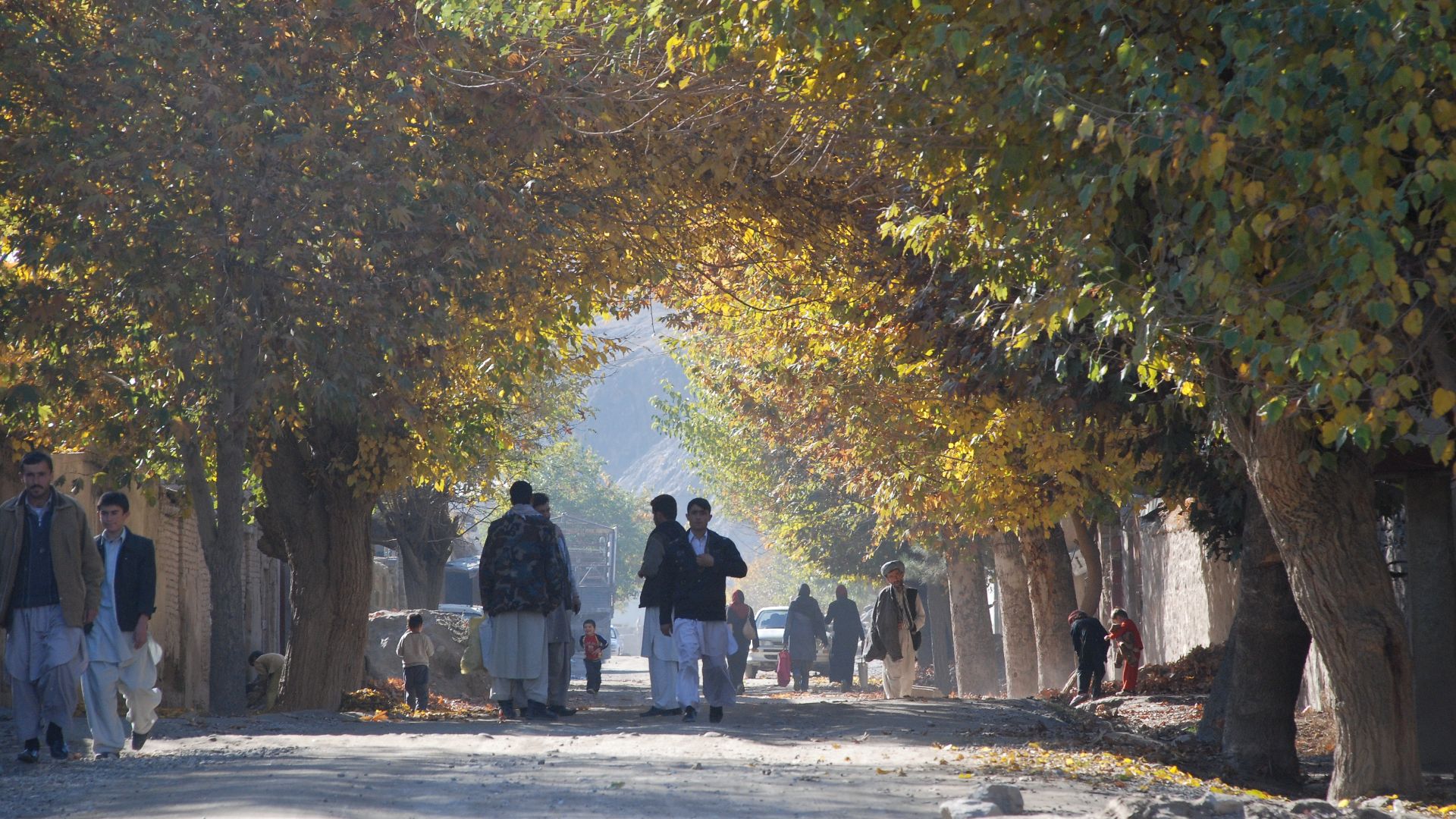 Jrheinlaender, Wikimedia Commons
Jrheinlaender, Wikimedia Commons
The Chinese Empire Claims The Rest
The British and Russians weren't the only ones with a vested interest in a vast and unexplored/unexploited mountainous region. The Chinese Empire under the Qing Dynasty stepped up its interest in Central Asia. They also claimed parts of Pamiri territory, notably near the modern-day Kashgar Prefecture in Xinjiang.
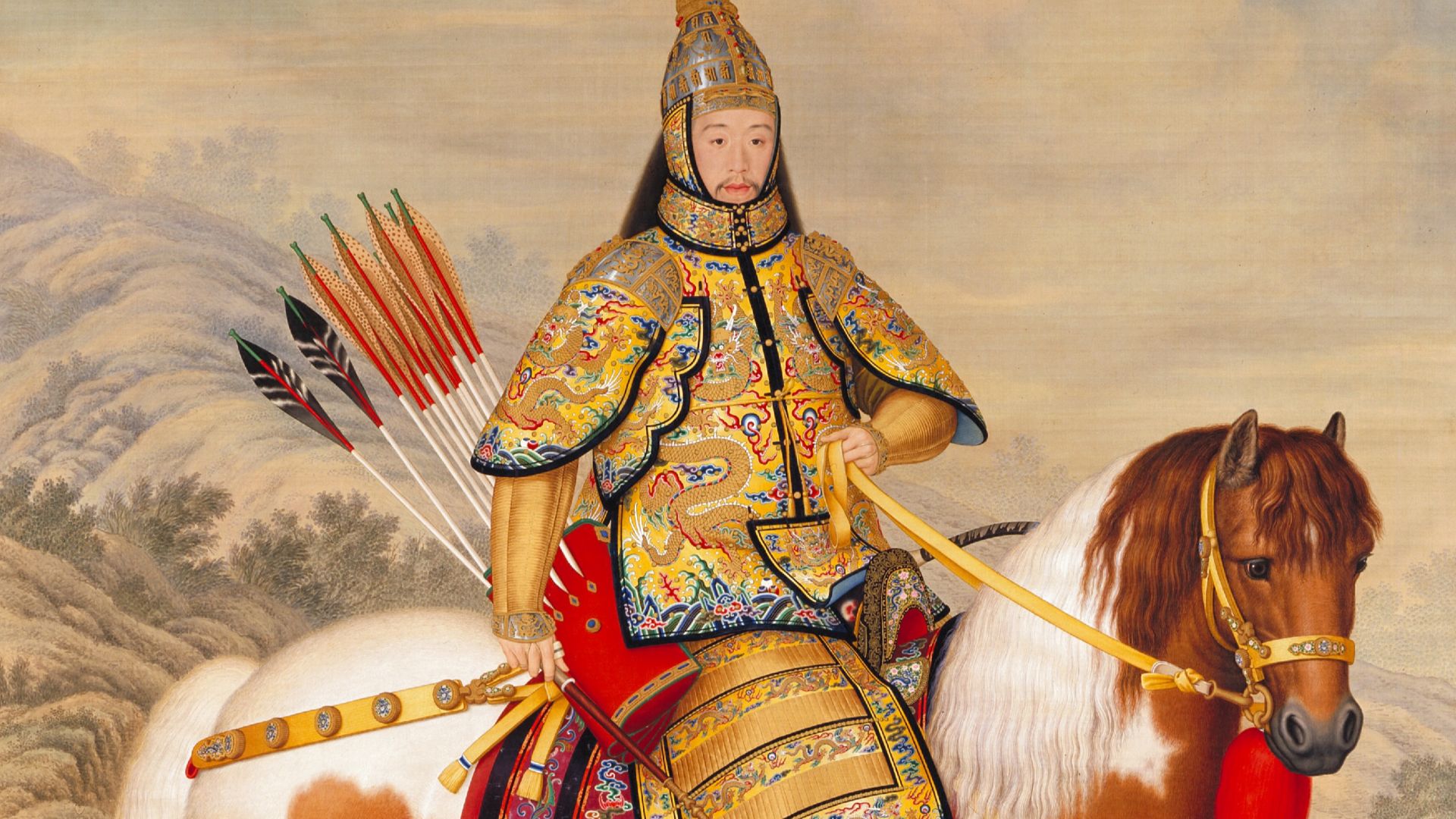 Giuseppe Castiglione, Wikimedia Commons
Giuseppe Castiglione, Wikimedia Commons
A People Divided
For the first time in nearly 20 centuries, the Pamiri people were divided, split by a political world not of their own making or recognition. Some communities decided to migrate, mostly to escape the harsh rule of the Afghan Emirate, led then by Amanullah Khan, who ruled with an iron fist and persecuted religious minorities like the Pamiris.
 Unknown authorUnknown author, Wikimedia Commons
Unknown authorUnknown author, Wikimedia Commons
The Religion Of The Pamiris
Most Pamiris today are followers of a branch of Shi'a Islam known as Ismailism, believing that Imam Isma'il ibn Jafar is the True Imam. Ismailis believe in a much more reserved, spiritual form of Shi'a Islam, thus, Pamiris are mostly spiritual pacifists. But their religion hasn't always been Shi'a Islam.
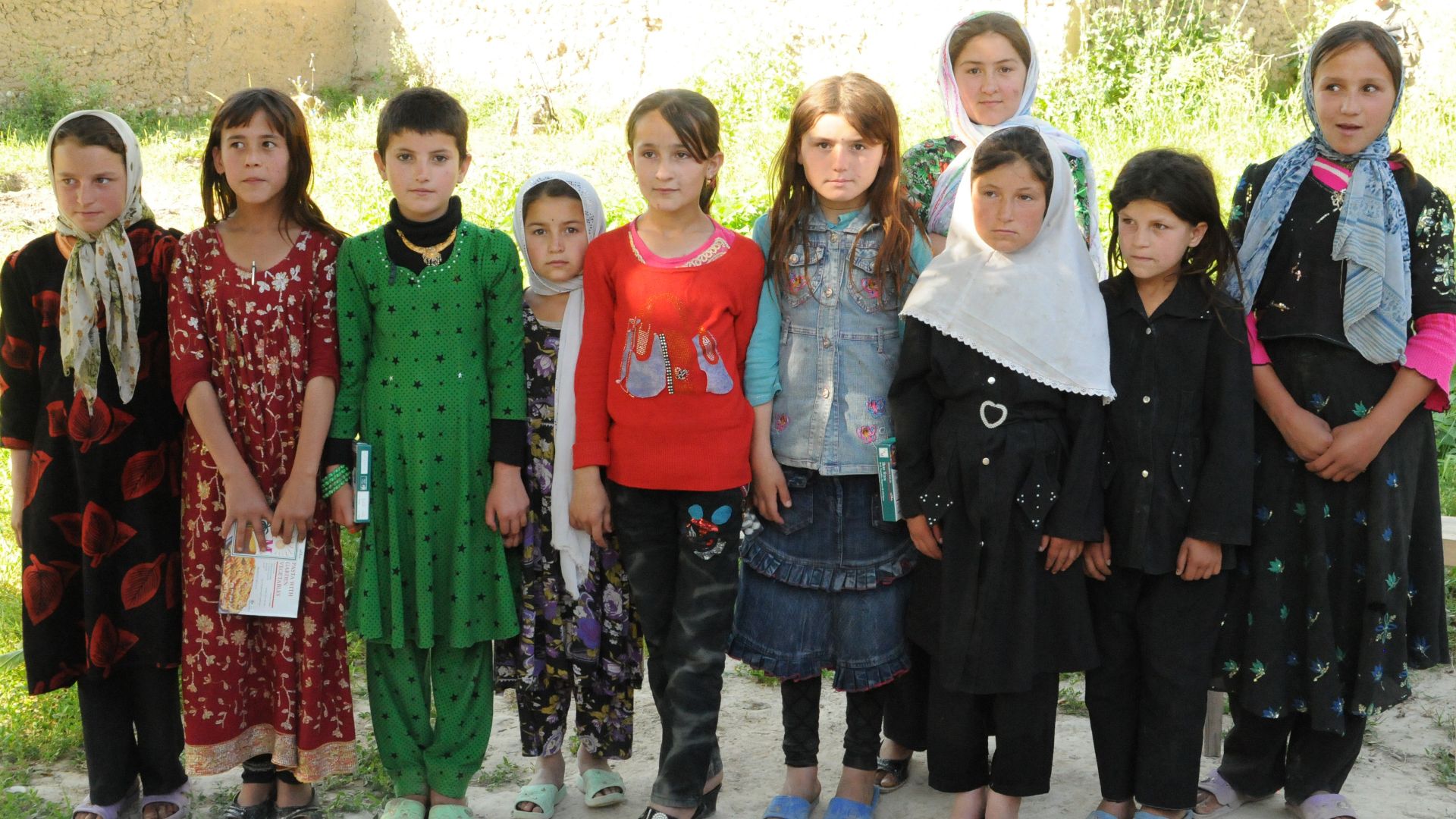 Sgt. Kimberly Lamb (U.S. Armed Forces), Wikimedia Commons
Sgt. Kimberly Lamb (U.S. Armed Forces), Wikimedia Commons
A Broad Swath Of Other Religions
Because of the vast settlement of the Pamiris (and their untouched nature for many centuries), most Pamiris pre-Islamic contact (in the latter half of the first century) believed in many different spiritual faiths, Zoroastrianism being a major one. However, they also observed cultural traditions such as the Iranian New Year, otherwise known as "Nowruz," which occurs annually in March.
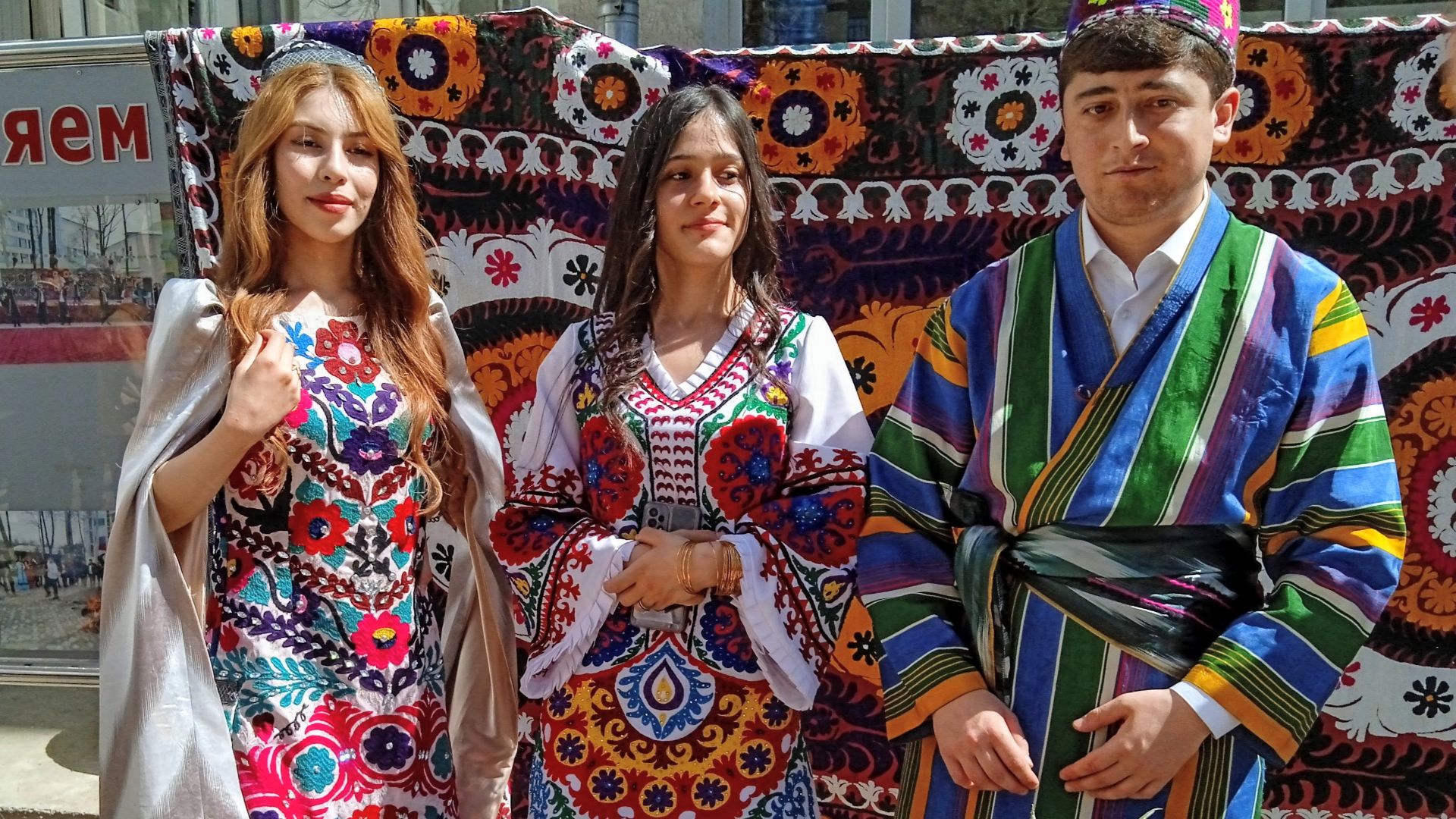 Shukhrat Sa'diev, CC BY-SA 4.0, Wikimedia Commons
Shukhrat Sa'diev, CC BY-SA 4.0, Wikimedia Commons
The Pamiris Provided A Safe Haven From Extremism
In the late first century, the Pamir Mountains were a safe haven for a Persian-speaking poet, Nasir Khursaw, who was also a philosopher and religious scholar of the Fatimid Caliphate (an Ismaili empire active from 909 CE till 1171 CE), escaping Sunni fanaticism. He spoke with the Pamiris who lived in the mountains, converting many of them to Ismailism.
 Post of Tajikistan, Wikimedia Commons
Post of Tajikistan, Wikimedia Commons
A Tolerance For Others
One of the many things that separated the Pamiris' willingness to accept Ismailism, compared to other sects of Islam, was their tolerance for the religious beliefs of others. Rather than considering Ismailism to be heresy, the Pamiris instead listened to the words of Nasir Khursaw, who introduced them to a very special ritual that they still partake in today.
Lighting The Way
Known as "Chirāgh-Rāwshan", which literally translates to "luminous lamp," a group of believers assemble and light lamps, whereafter they chant a book of recitations known as the "Book of the Candle". It is said to have been revealed to the Prophet Muhammad by the angel Gabriel to provide comfort upon the death of his young son, Abd Allah.
 Ahmad Nafees Torwali, Wikimedia Commons
Ahmad Nafees Torwali, Wikimedia Commons
A Blueprint For Modern-Day Pamiris
When colonial powers like Britain and Russia moved in, the Pamiris scattered—many joining their kin in areas under Russian control, which would become modern-day Tajikistan. Others fled to modern-day Pakistan and Chinese Turkestan, which is now called the Xinjiang Uyghur Autonomous Region. It's likely that Chinese Muslims living in Xinjiang were at least partly the descendants of the Pamiris, who brought their Ismailism with them.
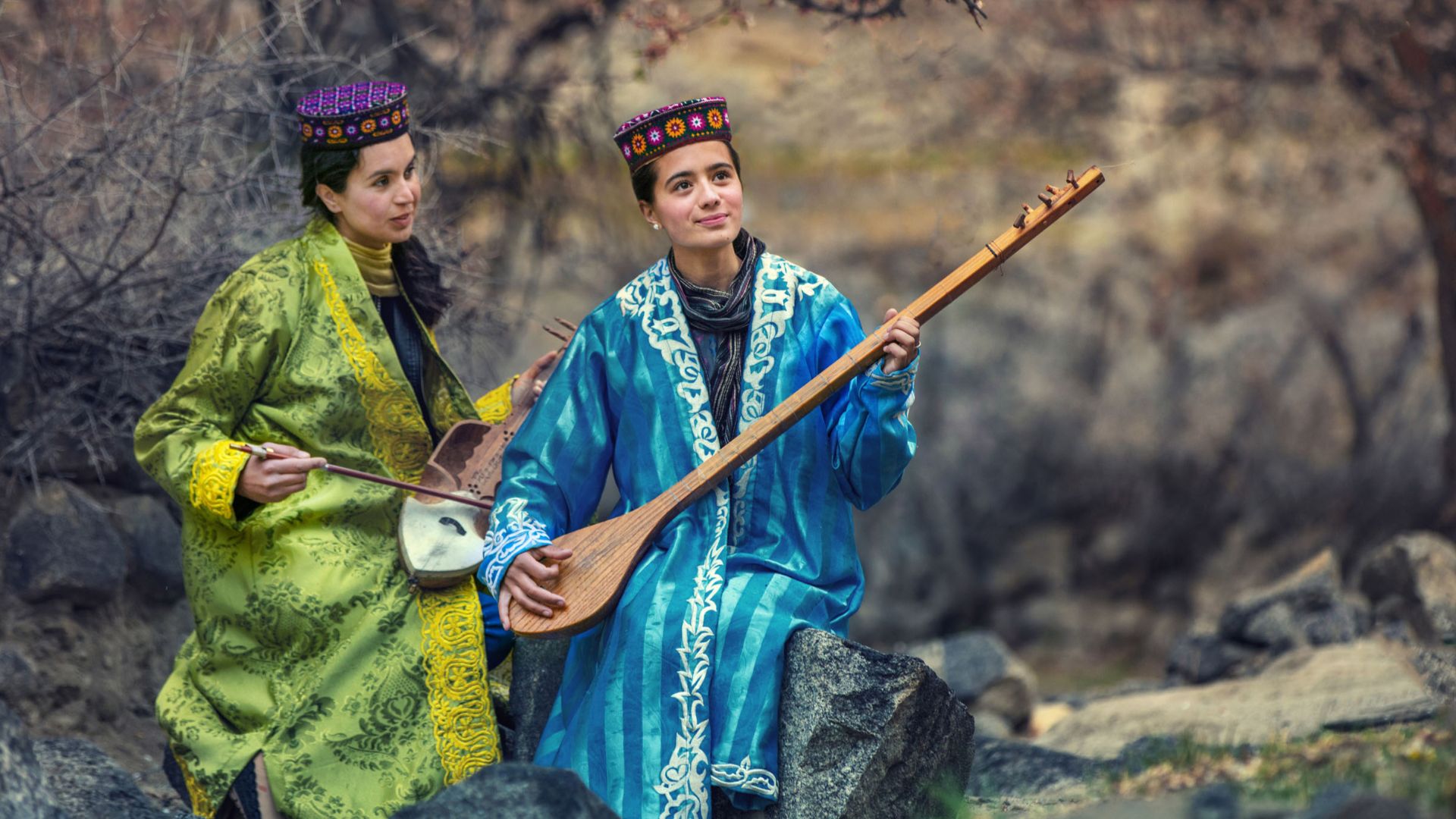 Nasr Rahman, Wikimedia Commons
Nasr Rahman, Wikimedia Commons
The Linguistics Of The Pamiris
Interestingly, the Pamiri people do not speak a singular language; rather, they speak a couple of different languages: Roshani and Shughni, which belong to the family of Iranian languages derived from Persian, splitting in the fifth or sixth centuries. However, Iranian historians believe that, prior to this, Pamiris probably spoke a common language during the Saka period.
Creating Their Own Alphabet
Despite living under the oppressive yoke of the Soviet Union, Pamiri intellectuals attempted to create their own written alphabet, starting to create it based on the most widely-spoken Pamiri language: Shughni. Based on Latin script, in 1931, they published the first alphabet book for Pamiri adults. Unfortunately, the Soviet Union came down hard during the Great Purges.
The Great Purges All But Wipes Out Pamiri Intellectual Progress
Despite the progress to create, write down, and publish an alphabet, these were all but eliminated during the Great Purge in the Soviet Union from 1936-1938, wherein millions of intellectuals (and their intellectual property) were destroyed, including works of poetry, writing, and artwork by Pamiris. These purges all but eliminated the intellectual advances made by the Pamiris, the after-effects lasting for decades.
 Unknown authorUnknown author, Wikimedia Commons
Unknown authorUnknown author, Wikimedia Commons
The Soviets Create The Gorno-Badakhshan Oblast
In 1925, the Soviets created the Gorno-Badakhshan Oblast (GBAO) as an administrative zone of the USSR within modern-day Tajikistan. Of course, like many ethnic and religious minorities, the Pamiris living in Badakhshan were considered second-class citizens, barred from holding seats in government within the republic. One notable exception was Shirinosh Shotemur, a Pamiri who became chairman of the Central Executive Committee of the newly-formed Tajik Soviet Socialist Republic.
The Pamiri Literacy Rate Skyrocketed Over The Period Of Soviet Rule
Despite the suppression and general repression of Pamiris by the Soviets and their Tajik overlords in the Tajik Soviet Socialist Republic, literacy rates among the Pamiris skyrocketed from 2% in 1913 to 100% by 1986. Of course, this required the Pamiris to adapt to Soviet rule and a new way of life completely.
 en:User:Mikhail Romanyuk at en.wikipedia, Wikimedia Commons
en:User:Mikhail Romanyuk at en.wikipedia, Wikimedia Commons
The Pamiris Under Soviet Rule
Throughout the 20th century, the Pamiris found themselves under the iron-fisted rule of the Soviet Union in the Tajik Soviet Socialist Republic. Russian and Tajik-language schools opened, roads were built, as were radio transmitters, in even the most remote Pamiri villages. Pamiri youth gained access to post-secondary education for the first time.
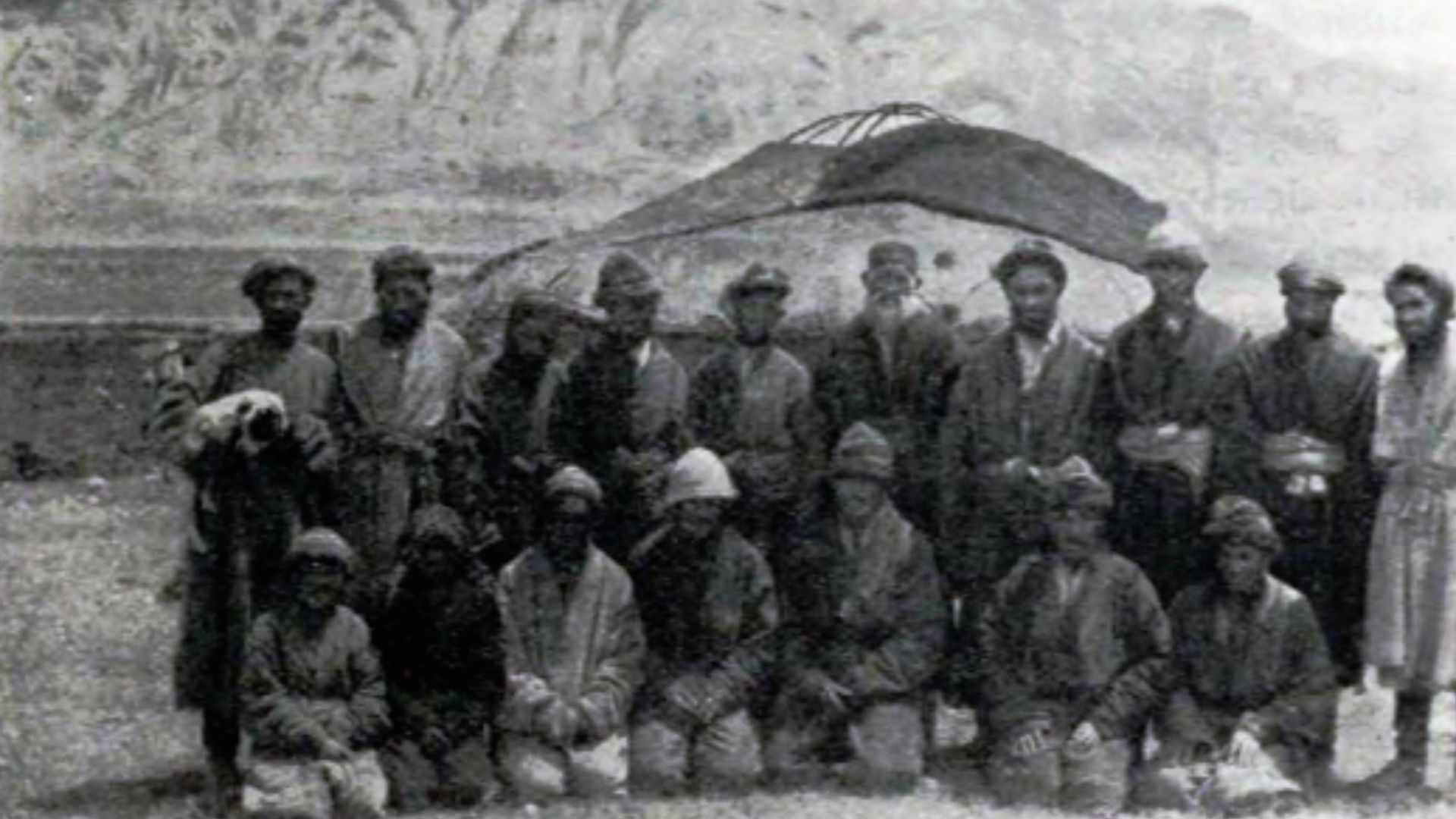 Aurel Stein, Wikimedia Commons
Aurel Stein, Wikimedia Commons
Tajikistan Becomes An Independent Nation
In 1991, after the fall of the Soviet Union, Tajikistan declared its independence from the USSR and became its own country for the first time. Along with multiple other former Soviet-bloc countries, the Pamiris thought they, too, were free—they were wrong. The new nation of Tajikistan maintained control over the GBAO, where most of the Pamiris lived.
The Pamiris Were Not So Lucky
Unfortunately for the Pamiris, they were not so fortunate as to gain their own independence. Although the Pamiris were once again free to practice their own religion, the Tajikistan government had been growing uncomfortable with the freedom of this minority group. Thus, they began a series of political repression, pushing for Pamiris to become assimilated into a single unified Tajik identity.
Identity Cards & Reports Of Abuse
In 1992, the United Nations released a report on human rights abuses in Tajikistan, particularly of the Pamiri people: "Buses were routinely searched, and persons with identity cards revealing they were of Pamiri or Gharmi origin were forced out and either killed on the spot or taken away and later found dead or never heard from again". This persecution of Pamiris by Tajik authorities has continued largely unchecked.
Current Demographics Of The Pamiri
Today, the Pamiris are spread far and wide, as they have been for centuries. Of the hundreds of thousands of Pamiris, the majority still live in the Tajikistan GBAO region (150,000-200,000). In Afghanistan, between 60,000 and 70,000 Pamiris live among the Afghans in high mountain passes, sharing a border and cultural roots with the Tajik Pamiris. 50,000 Tajik Pamiris live in China, while a further 10,000 to 20,000 live in northern Pakistan.
The Future Of The Pamiri People Of Tajikistan
The Tajikistan government has long been accused of human rights abuses by various international human rights organizations, including the United Nations. Badakhshan is the de facto capital of GBAO. The President of Tajikistan, Emomali Rahmon, views the Pamiri minority with suspicion and fear due to their cultural and religious history. This has led to repression tactics such as kidnappings, harassment, and arrests of Pamiri activists.
 EC AV Portal, Wikimedia Commons
EC AV Portal, Wikimedia Commons
What Will Become Of The Pamiris?
Although not outrightly accused of it, President Rahmon has led efforts to "Tajikize" the Pamiris (and other) ethnic minorities, promoting the Tajik language and Sunni Islam while diminishing Pamiri culture and Ismailism. Coupled with the environmental (glacial melt, scorching hot summers leading to water shortages) and economic challenges (they're one of the poorest ethnic minorities in the entire world) facing the more remote Pamiri communities throughout the mountains, the fracturing of Pamiri communities that took place centuries ago continues to have lingering effects.
You May Also Like:
The Hindenburg Disaster: Minute By Minute

